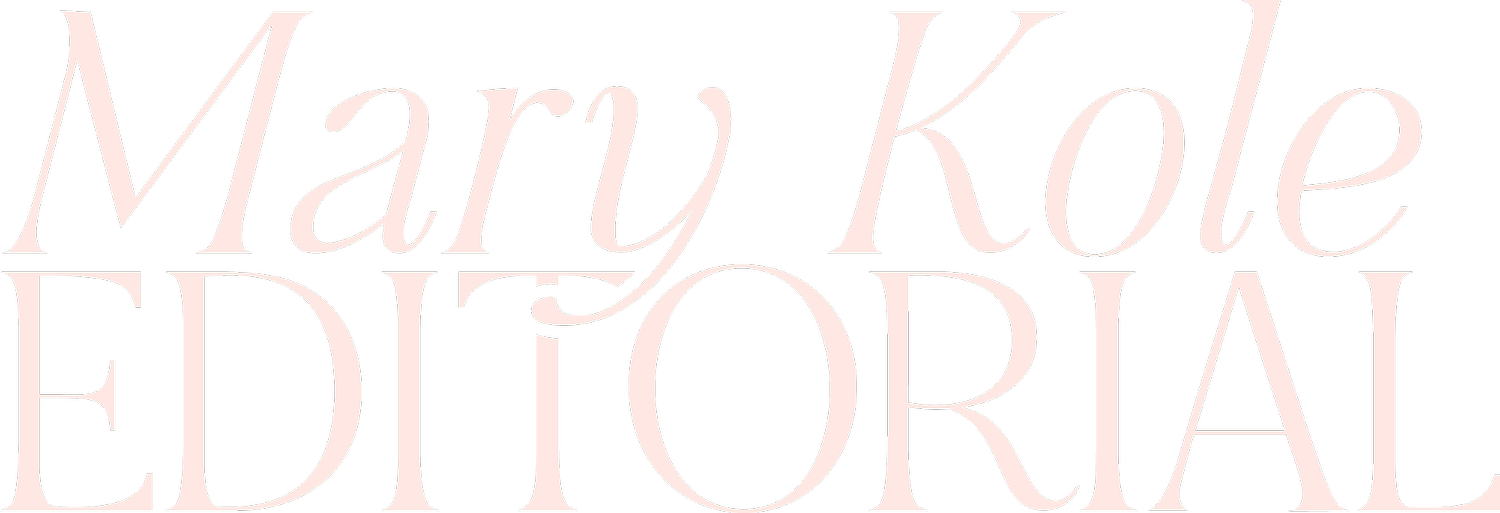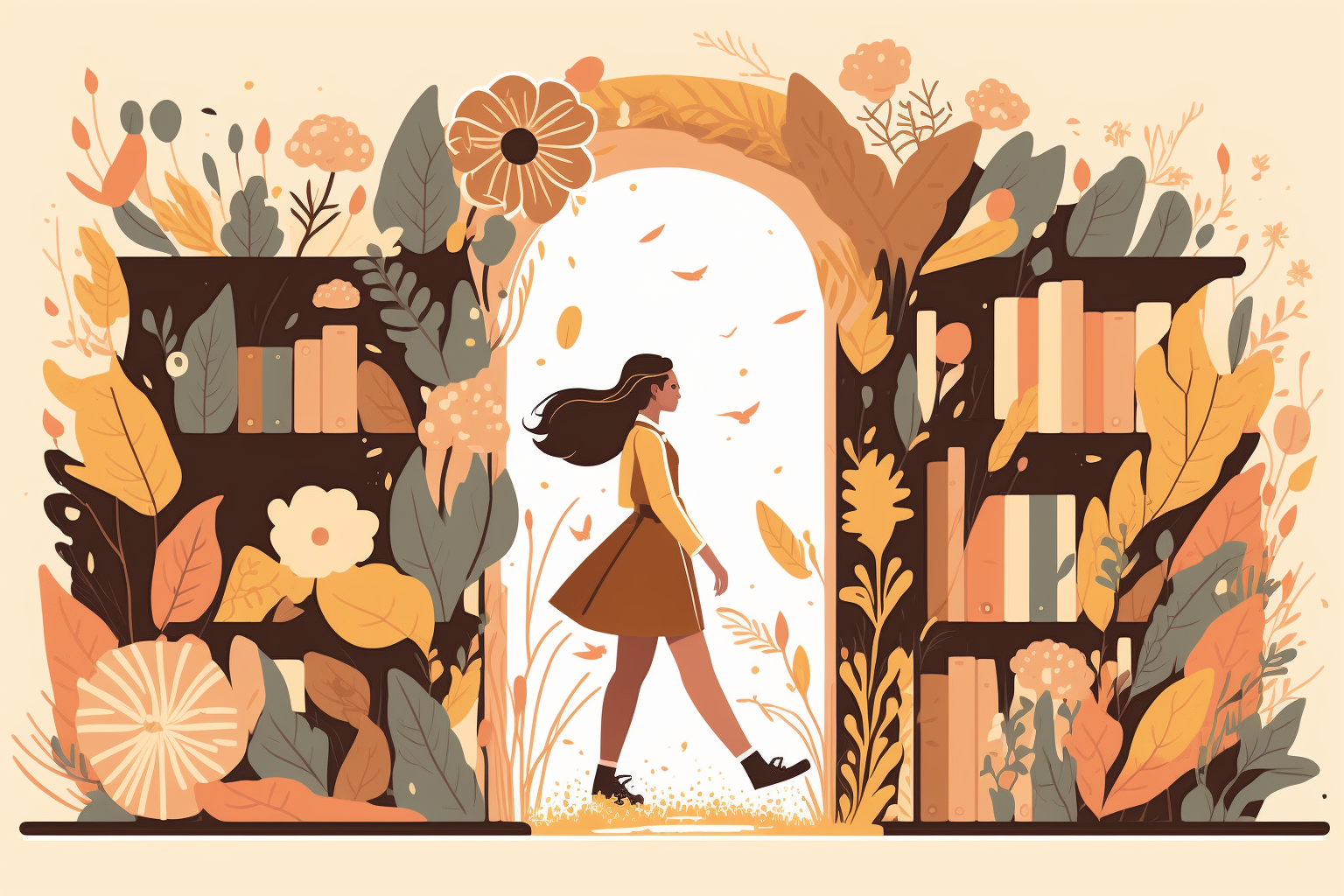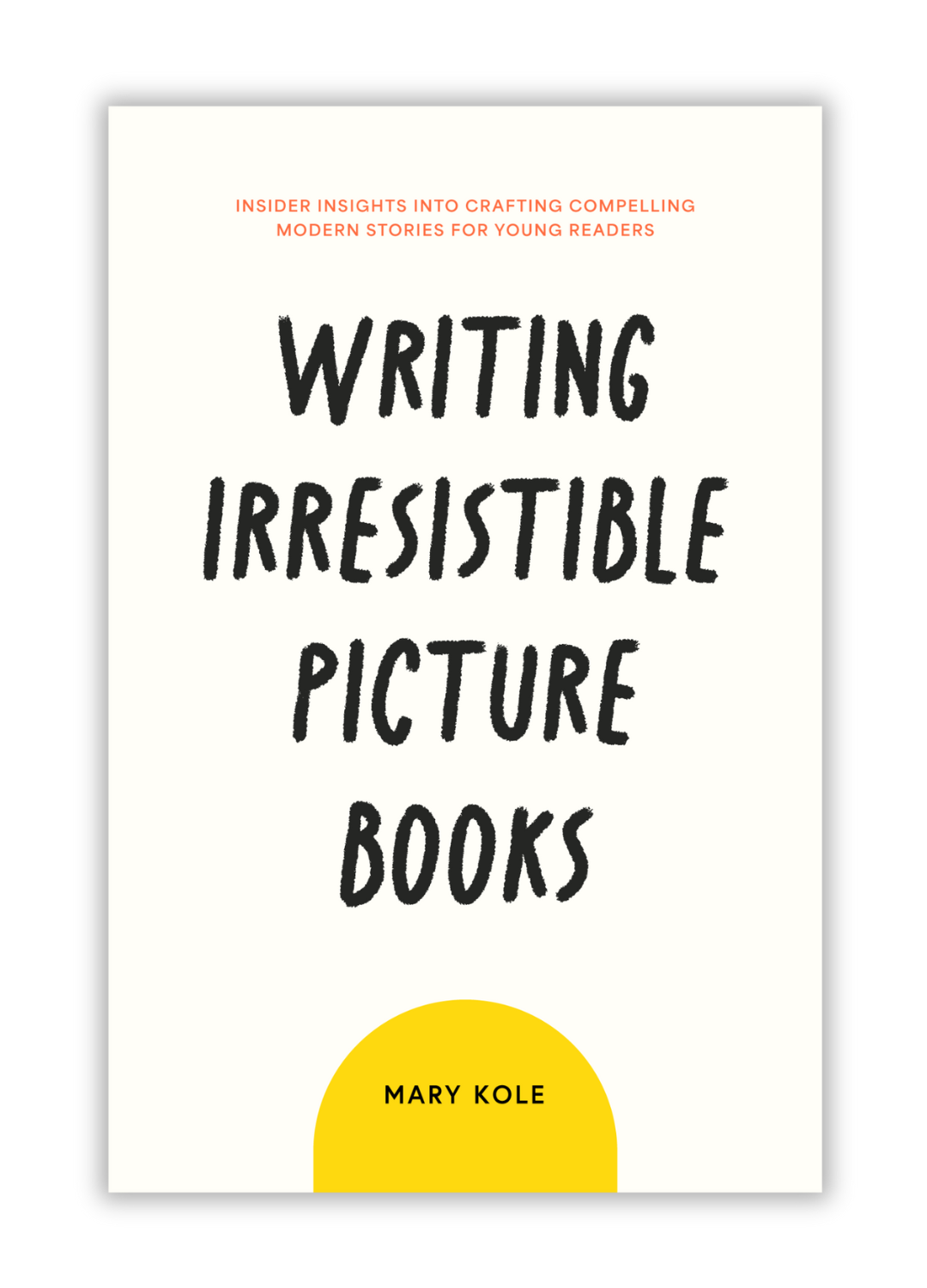How to Write a Children’s Book and Get It Published
By Mary Kole
Mary Kole is a former literary agent, freelance editor, writing teacher, author of Writing Irresistible Kidlit, and IP developer for major publishers, with over a decade in the publishing industry.
If you’re wondering how to write a children’s book and get it published, you’ve come to the right place. I’ve been deeply involved in the children’s publishing world for over a decade, including being a former literary agent. This is a brief overview of how to write a children’s book and get it published, just to take some of the mystery out of the process. Writing a children’s book is a passion that demands patience, inventiveness, and commitment. From developing the most compelling concept possible to composing a draft to revising the project and pursuing potential publication, there’s a lot involved. Let’s dive in!
How to Write a Children’s Book and Get It Published: Your Book Idea
It is important to have a strong concept for a story before you really dig into how to write a children’s book and get it published. Children’s publishing has exploded in the last thirty years, and the market is more vibrant (and competitive than ever). If you haven’t read any children’s books in your target category (did you know that the term “children’s books” is too broad and often incorrectly used?), your first stop should be the library or bookstore. Read, read, read, and read like a writer in your category. You need to orient yourself. Then think about the universal theme you want to play with, but make sure you aren’t planning on moralizing.
Think about ideas that are both meaningful and intriguing. Pulling from your own life experiences as a child can provide some inspiration, but make sure to blend your ideas with a contemporary sensibility. After establishing the core concept, aim for a protagonist who is close in age to your target audience, and make sure you’re meeting word count guidelines. If you’re writing a longer story, say, for middle grade or young adult readers, you might want to think about writing a novel outline to keep track of plot and make your idea more concrete.
How to Write a Children’s Book and Get It Published: Drafting
Once you’ve fleshed out an idea, it’s time to turn your outline into an actual story draft. Remember, you need to know your target audience already, or you will make some mistakes and waste time. Working smarter not harder is at the heart of how to write a children’s book and get it published, especially if you want to work intentionally. If you have an outline, work from it to create chapters (for chapter book projects and older). For picture book manuscripts, you might want to storyboard your vision to make sure and leave room for illustrations. Every type of children’s book has very specific guidelines, so do your research and pay close attention. Children’s book publishing is incredibly specialized, and you can’t do whatever you want here. (I mean, you can absolutely do whatever you want, but your odds of publishing a total outlier are going to be low.) Make sure your writing voice and word choice are appropriate for your target audience and think about how illustrations will help tell the story. Once you have your first draft, you're ready to move onto revision.
How to Write a Children’s Book and Get It Published: Finishing and Presenting Your Book
When you're done drafting the plot and character development, my best piece of advice is to solicit feedback from another set of eyes. This can be a loved one, but our nearest and dearest are usually incentivized to be nice. If you’re serious about learning how to write a children’s book and get it published, you might want to use a critique group, writing workshop, or even freelance editor—just as long as your reader has experience in children’s books. Getting writing notes will help you figure out what parts work well in the story and which ones need more work.
After finalizing your revision, perhaps the final step in how to write a children’s book and get it published is to start looking for literary agents and publishing houses that work with your type of children’s book project. Remember, you’ll want to stick close to guidelines for each type of children’s book, otherwise, you might be looking at writing rejection. Aspiring writers who deeply misunderstand the requirements of each category of children’s book are everywhere in the slush pile, and you want to impress with your understanding of your category instead.
Creating a compelling children’s book requires research and dedication, but the reward of entertaining generations of young readers is worth it. The more you learn about how to write a children’s book and get it published, the higher your odds of making your dream come true.
For those eagle-eyed readers who are wondering just what kind of editor would write an article with the clunky phrasing of “how to write a children’s book and get it published” over and over on her website, I applaud you for noticing that this reads awkwardly. Please note that I picked this keyword phrase on purpose, as part of my SEO (search engine optimization) strategy. If you’re curious about writer marketing techniques, check out Good Story Marketing.

Click here to purchase Writing Irresistible Picture Books, my book on children’s picture books. This comprehensive guide is crammed with craft advice and groundbreaking original research, including a survey of 1,000 upcoming picture book deals, a breakdown of 80 modern and marketable picture book topics, and in-depth analysis of over 150 published picture books.



